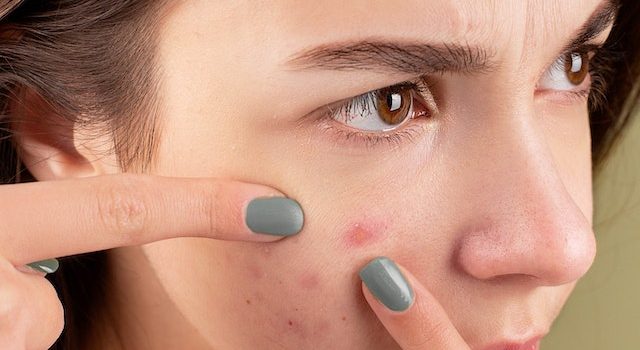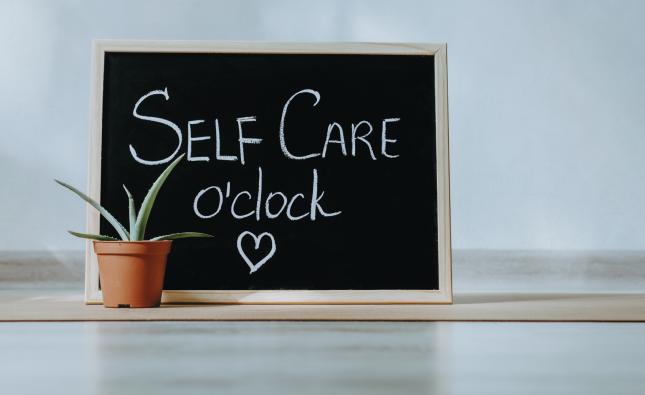
Introduction:
Acne is a common skin concern that can affect individuals of all ages. While there are numerous products and treatments available on the market, they often come with a hefty price tag. In this feature, we will explore 15 affordable and effective ways to treat acne without breaking the bank. These budget-friendly remedies will help you achieve clearer skin while being mindful of your wallet.
1. Gentle Cleansing:
Start your acne-fighting routine with a gentle cleanser that suits your skin type. Look for products that are specifically formulated for acne-prone skin and are reasonably priced. Avoid harsh cleansers that may strip away natural oils and disrupt the skin’s balance.
2. Benzoyl Peroxide:
Benzoyl peroxide is a widely available and affordable over-the-counter treatment for acne. It effectively targets bacteria and reduces inflammation. Incorporate a benzoyl peroxide cream or gel into your skincare routine to help prevent and treat breakouts.
3. Salicylic Acid:
Salicylic acid is another affordable and effective ingredient for acne-prone skin. It helps unclog pores, exfoliates the skin, and reduces inflammation. Look for salicylic acid-based products, such as cleansers, toners, or spot treatments, to incorporate into your regimen.
4. Tea Tree Oil:
Tea tree oil is a natural remedy that possesses antibacterial properties and can help reduce acne symptoms. Dilute a few drops of tea tree oil with a carrier oil, such as jojoba or coconut oil, and apply it to affected areas. It’s an inexpensive and readily available solution.
5. Witch Hazel:
Witch hazel is a cost-effective astringent that can help remove excess oil, tighten pores, and soothe inflamed skin. Apply witch hazel to your face using a cotton pad after cleansing to help control acne and maintain clear skin.
6. Clay Masks:
Clay masks are affordable options for deep cleansing and drawing out impurities from the skin. Look for clay masks containing ingredients like kaolin or bentonite clay, which can absorb excess oil and unclog pores. Use a clay mask once or twice a week to help control acne breakouts.
7. Apple Cider Vinegar:
Apple cider vinegar has antimicrobial properties and can help balance the skin’s pH level. Dilute apple cider vinegar with water and apply it to your skin using a cotton pad as a toner. However, it’s essential to patch test first and monitor how your skin responds.
8. Ice Therapy:
Ice therapy is a simple and inexpensive way to reduce inflammation and redness associated with acne. Wrap an ice cube in a thin cloth and gently apply it to the affected area for a few minutes. This can provide temporary relief and help calm irritated skin.
9. Aloe Vera Gel:
Aloe vera gel is known for its soothing and anti-inflammatory properties. It can help reduce redness and promote healing. Look for pure aloe vera gel or products containing a high concentration of aloe vera. Apply it to your skin as a moisturizer or spot treatment.
10. Oil-Free Moisturizer:
Using a lightweight, oil-free moisturizer is crucial to keep your skin hydrated without clogging pores. Look for affordable options that are labeled as non-comedogenic, meaning they won’t block pores. Proper hydration helps maintain a healthy skin barrier and can aid in acne prevention.
11. DIY Face Scrubs:
Creating your own face scrubs using ingredients like sugar, honey, or coffee grounds can be cost-effective and gentle on the skin. These natural exfoliants can help remove dead skin cells and unclog pores, promoting clearer skin.
12. Change Your Pillowcase Regularly:
A simple yet often overlooked step in acne prevention is changing your pillowcase regularly. Pillowcases can accumulate dirt, oils, and bacteria that can transfer onto your skin while you sleep. Regularly washing and changing your pillowcase can help minimize potential triggers for breakouts.
13. Hydrate and Eat a Balanced Diet:
Drinking plenty of water and maintaining a balanced diet can support overall skin health. Hydration helps flush out toxins, while a diet rich in fruits, vegetables, whole grains, and lean proteins provides essential nutrients for healthy skin.
14. Stress Management:
Stress can exacerbate acne, so incorporating stress management techniques into your routine can be beneficial. Engage in activities like yoga, meditation, or exercise to help reduce stress levels and promote healthier skin.
15. Consistency and Patience:
Lastly, remember that treating acne takes time and consistency. Stick to your skincare routine and be patient with the results. It may take a few weeks or even months to see significant improvements, but with perseverance, you can achieve clearer and healthier skin.
Conclusion:
Treating acne doesn’t have to be expensive. By adopting these 15 affordable and effective solutions, you can address acne concerns without straining your budget. However, it’s important to remember that everyone’s skin is unique, and what works for one person may not work for another. If your acne persists or worsens, it’s advisable to consult a dermatologist for personalized advice and guidance.










